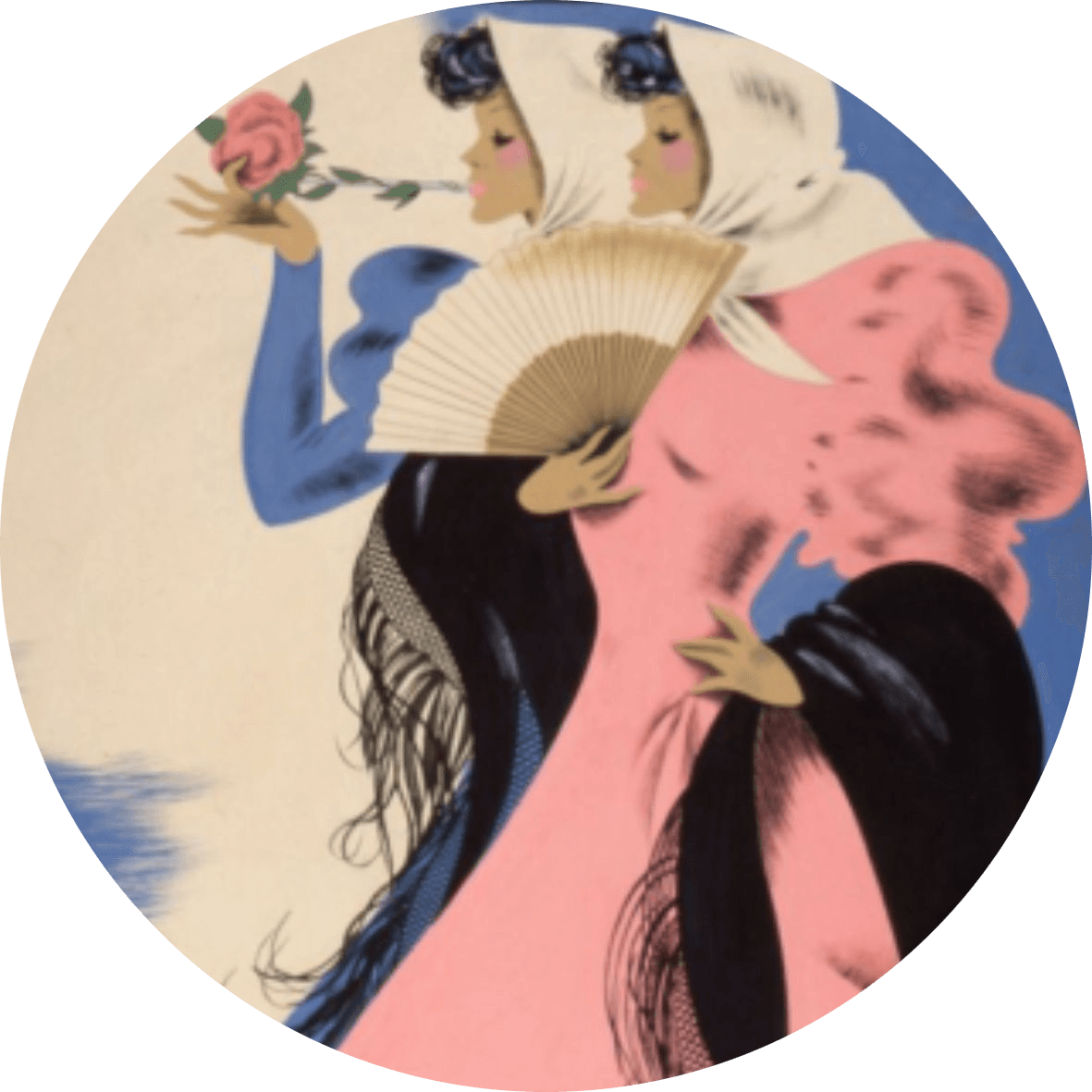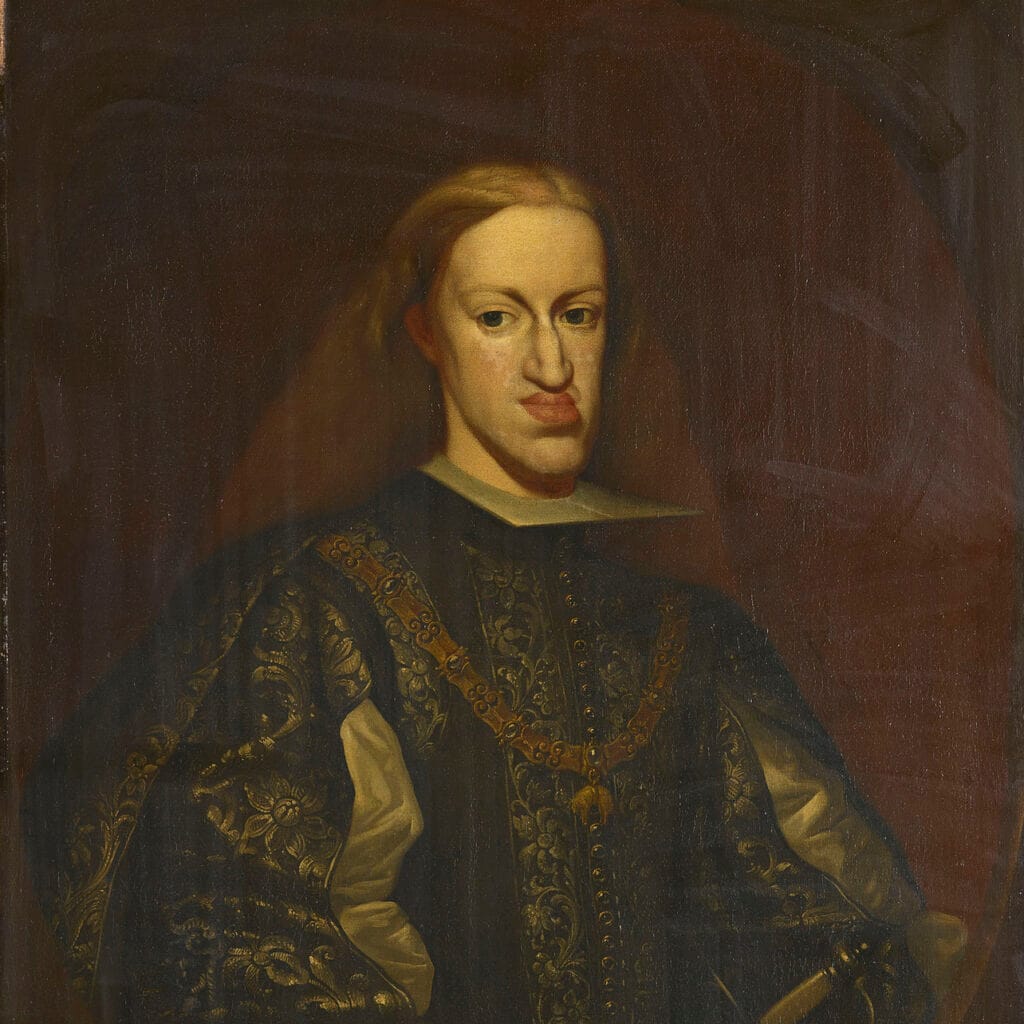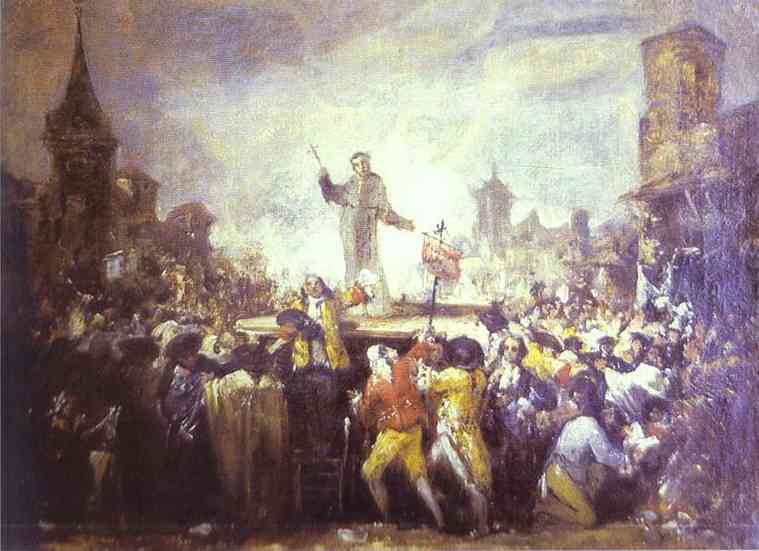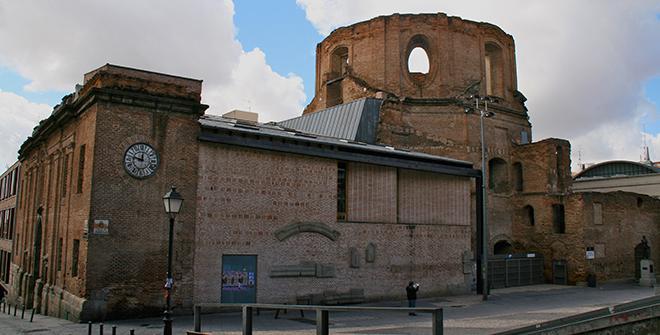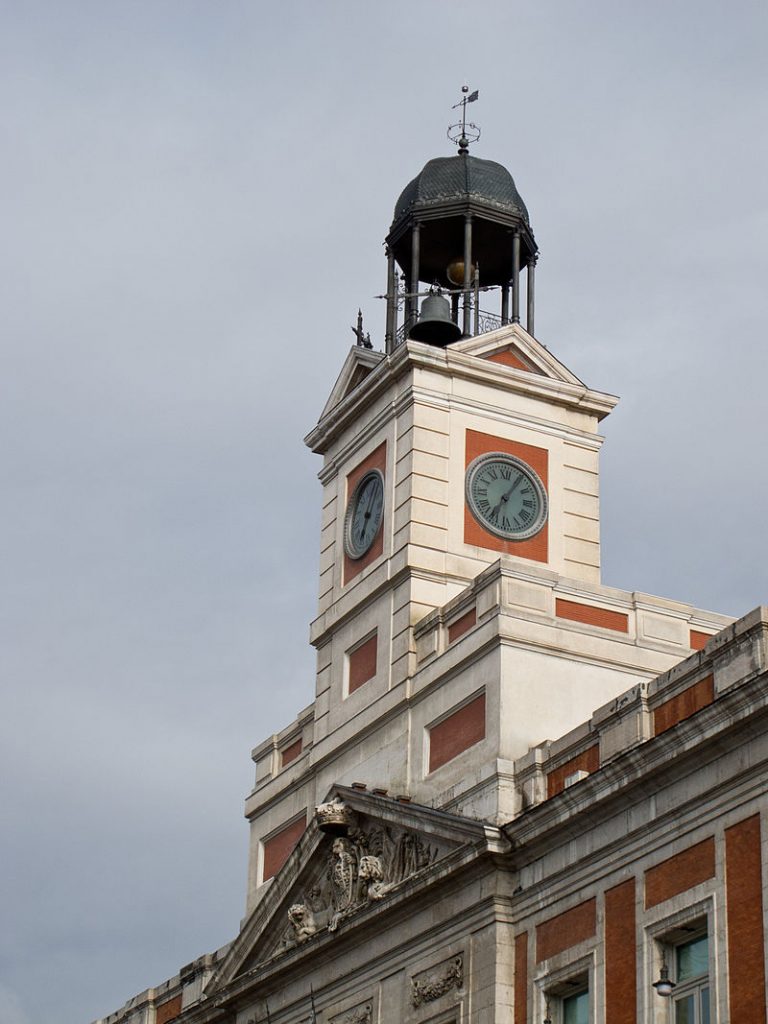Maybe you’ve seen the signature pouty lips and jutting Habsburg chin caught on canvas in Velázquez’s paintings of Felipe IV or perhaps you’ve seen it grow to even more ridiculous proportions in portraits of his son Carlos II (pic above). But just how did this jawline get so out of control?
Interbreeding for power
The Spanish Habsburgs were the most powerful global dynasty in the 16th and 17th centuries but they lost it all to interbreeding. Hoping to keep a tight hold on the reigns of power, six out of eight royal weddings leading up to the birth of the last Habsburg King Carlos II, were incestuous. The last Habsburg ruler, Carlos II was the product of all this interbreeding. In addition to being sterile, he was afflicted with so many health complaints that he believed he’d been cursed.
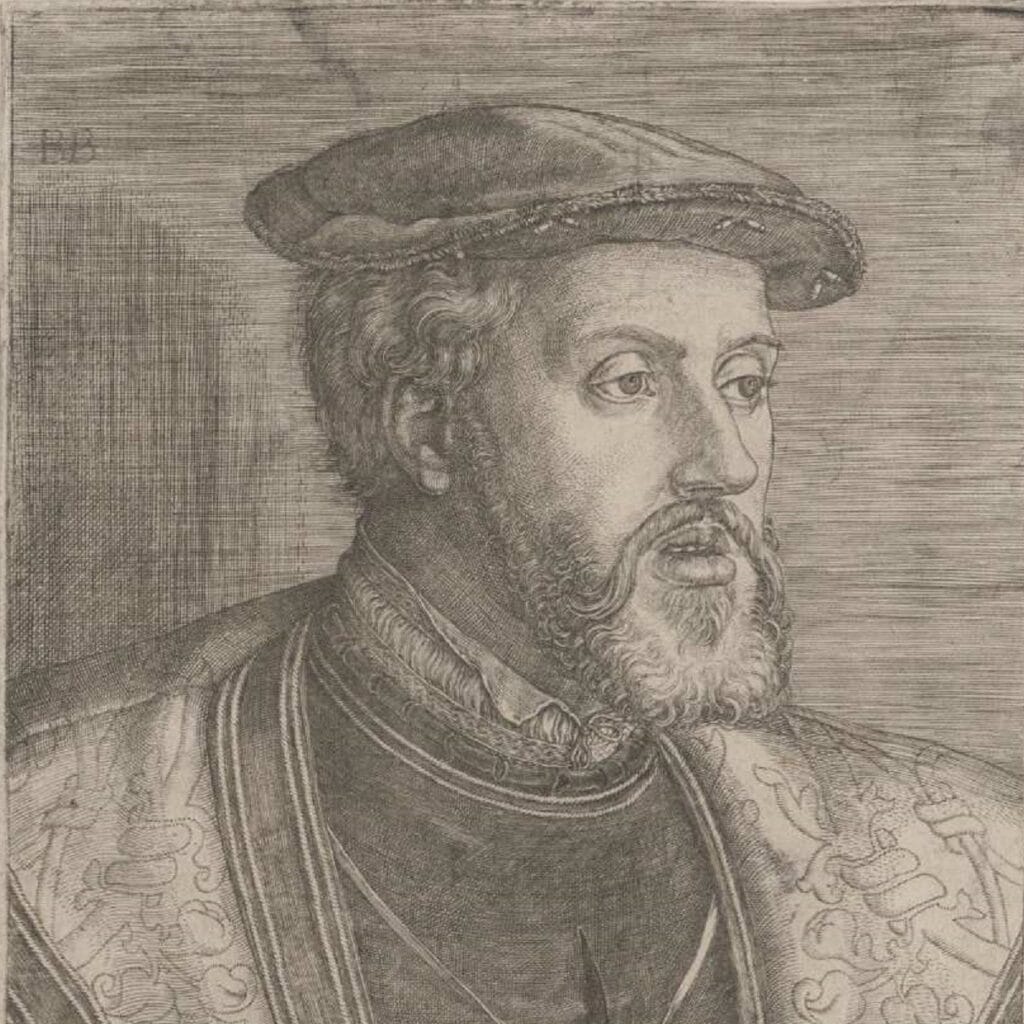
The origins of the Habsburg jaw
Jutting out in royal portraits since Carlos I, the Habsburg jaw is now the most infamous sign of royal interbreeding. A rather bitchy comment made by Italian diplomat Antonio di Beatis in 1517 described the first Spanish Habsburg monarch as having “a long, cadaverous face and a lopsided mouth (which drops open when he is not on his guard) with a dropping lower lip”.
Carlos, however, was no interbred fool. The child of Philip I (aka Philip the Handsome) of the Netherlands and Joanna of Castile – daughter of the great Isabella and Ferdinand – his parents represented the melding of two great European dynasties. Along with a wide gene pool, Carlos I inherited vast territories and became the most powerful man in the world. While he’s mainly remembered for his astute decision-making, he did set the trend that would doom his ancestors: when it came time to marry, he hooked up with his cousin Isabel of Portugal.
The Black Legend
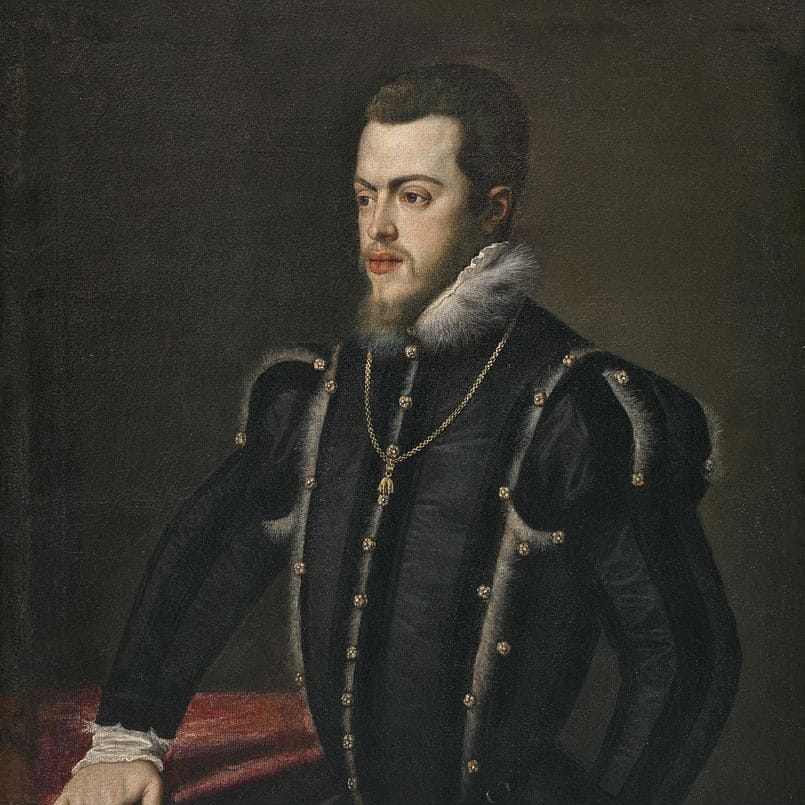
The son of Carlos I, Felipe II inherited that great big Habsburg jaw and his father’s knack for politics. He’s the astute king who effectively made Madrid the capital of Spain by settling the court here in 1561. He liked to play his cards close to his chest and ruled out of a huge palace in the Sierra de Guadarrama mountains, mainly issuing orders by letter and earning the rather sinister nickname of “the spider of El Escorial.”
Like his father, he married his cousin, María Manuela of Portugal. However, two generations of interbreeding did not produce favourable results. Their son, Carlos, Prince of Asturias, was born with a massive Habsburg jaw, one leg longer than the other and an uneven temper to boot. In time, Don Carlos would horrify the court with his fits of rage, behaviour that convinced Felipe II that Don Carlos was not fit to rule. Barred from succession, Carlos began to conspire with Felipe’s Protestant enemies in the Low Countries and even attempted to stab Felipe’s right-hand man, the Duke of Alba (aka The Iron Duke).
Murder most horrid

Things came to a head after he tried to shoot his uncle, John of Austria. Luckily a smart servant had emptied his gun of bullets beforehand! On 18 January 1568, Felipe II had the dangerous Don Carlos locked away. He died on 24 July the same year. Rumours, of course, went flying that the king had ordered the assassination of his treacherous son. Though it’s thought this was not the case, this contributed to the Black Legend surrounding Spain – horror stories cooked up by Felipe II’s Protestant enemies.
Lessons not learned
Felipe II didn’t learn from this dreadful incident. After his first wife died, he married his first cousin Mary Tudor and briefly became king of England. Mary died before they could have any kids, paving the way for the Protestant Queen Elizabeth I to take over in a turn of events that would lead to the Spanish Armada.
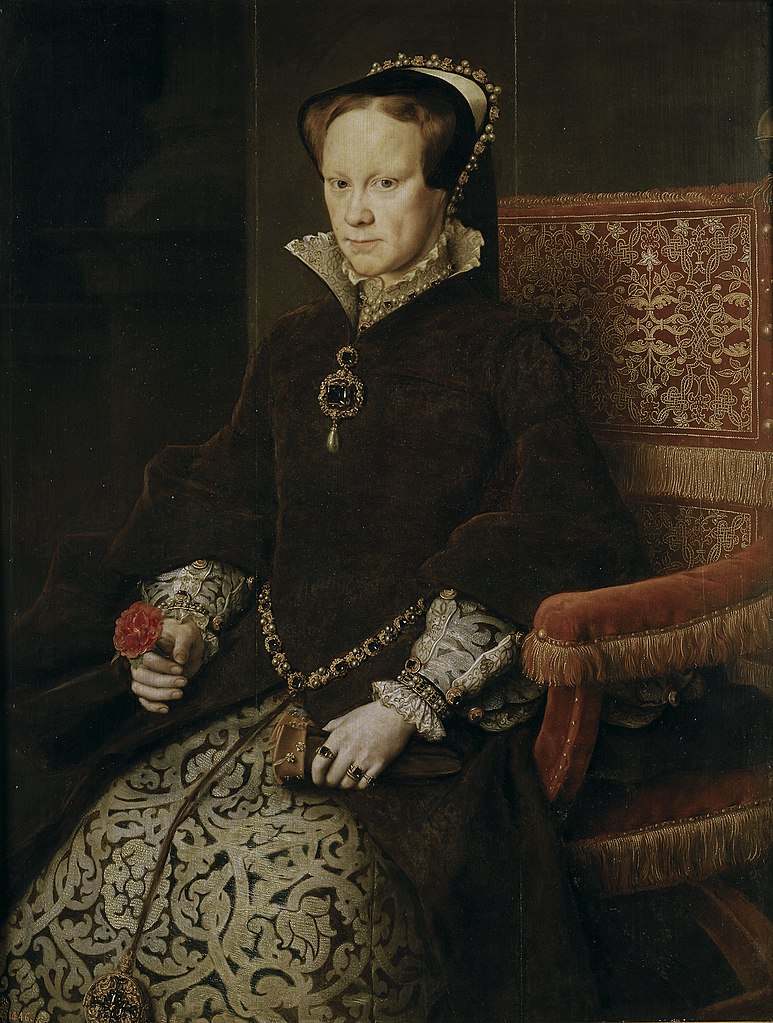
The third wedding could have been a charm for Felipe as he married out of his gene pool to Elizabeth of Valois. The two went at it like rabbits and produced tons of children but not one single surviving male heir until poor Elizabeth died miscarrying a daughter in 1568, just months after Don Carlos died in captivity. Time for marriage number four and you guessed it, Felipe II decided to keep it in the family! Ana de Austria was his niece and produced his only surviving male heir Felipe III, a child Felipe II was none too impressed with commenting: “God has granted me so many territories but has denied me a son capable of ruling them.” These words would prove eerily prescient.
Felipe III
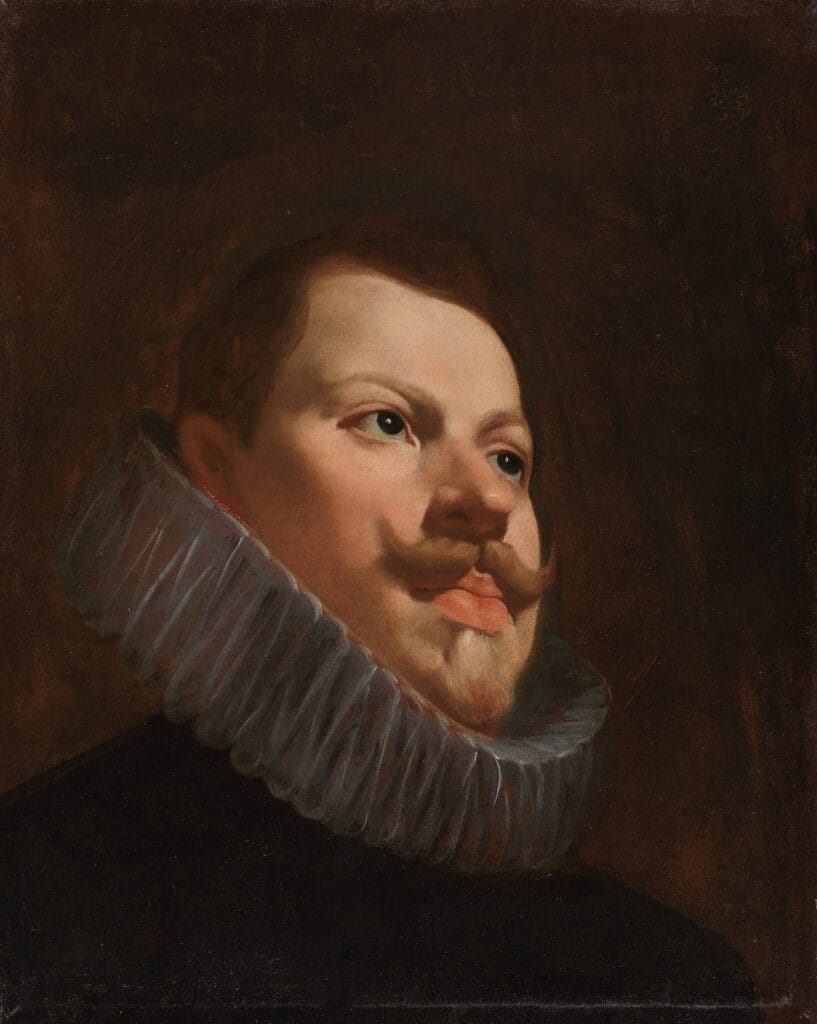
It’s hard to say if Felipe III inherited the monstrous Habsburg jaw. If he did, he covered it up with a pointy little beard. And perhaps this is the only wise decision we can attribute to him. Felipe was fond of many things besides government: card games, hunting, music and dancing. Hoping to dedicate more hours to these activities, he allowed his valido, a smarmy chap called the Duque de Lerma to rule in his stead. Lerma, whose portrait hangs in the Prado, went on to swindle the crown out of a fortune in an elaborate property scam that involved moving the capital to Valladolid and back again.
Kissing cousins and nieces!
When it came time for Felipe III to marry, he got together with his second cousin Margarita de Austria-Estiria. Their union produced a figure whose Habsburg chin and pouting lips were immortalized by Velázquez in numerous paintings. A playboy of epic proportions, fathering numerous illegitimate children, Felipe IV nevertheless struggled to produce an heir within wedlock. His first marriage to Isabel de Borbón produced 10 kids with only two surviving to adulthood. When it came time to marry again in 1649 aged 44, he tied the knot with his 14-year-old niece Mariana de Austria. Their son Carlos would be the last Habsburg.
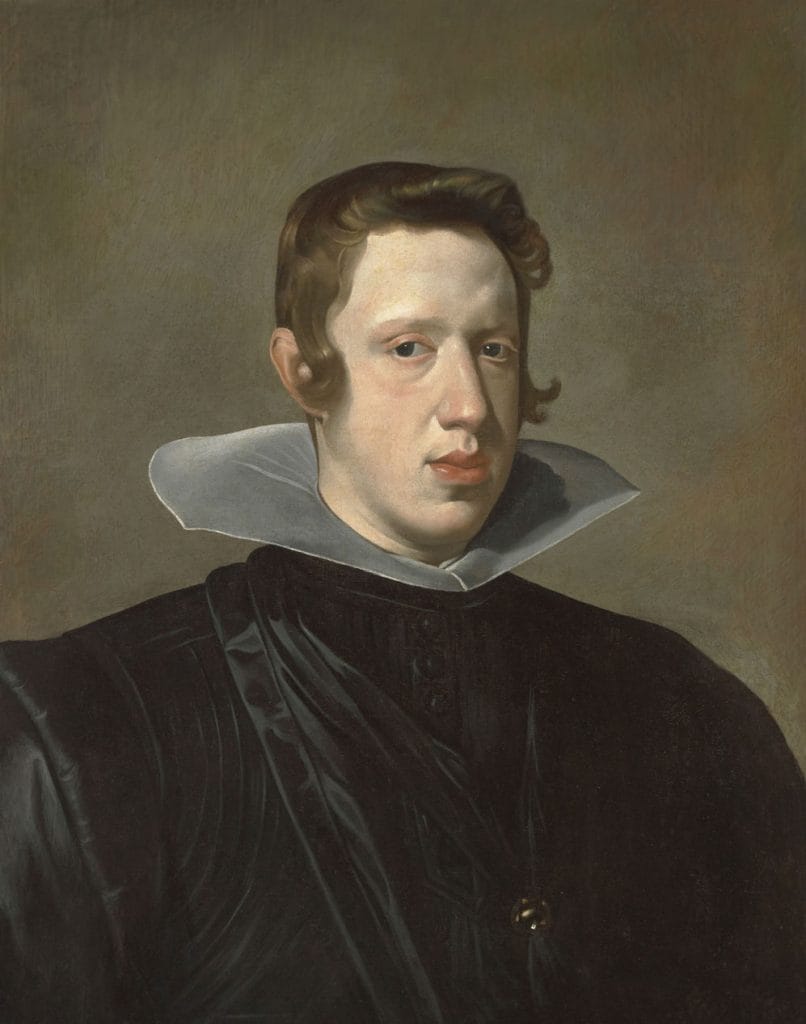
The last Habsburg
Carlos II’s jaw was so humongous that he struggled to chew his food and his tongue so outsized that he could barely string a sentence together. Hardly surprising if you look at his ancestors. The gene pool had become a muddy puddle and no amount of new blood could turn things around. Perhaps someone had got wise and arranged that the next two royal wives – María Luisa de Orleans and Mariana de Neoburgo – were neither cousins nor nieces, but the damage had been done. Even though efforts were made to nurse him back to health – at one point courtiers placed the mummified corpse of Saint Isidro by his bed – Carlos II died at the age of 38 leaving the way clear for some new blood. From here on in the Bourbons would rule the roost!
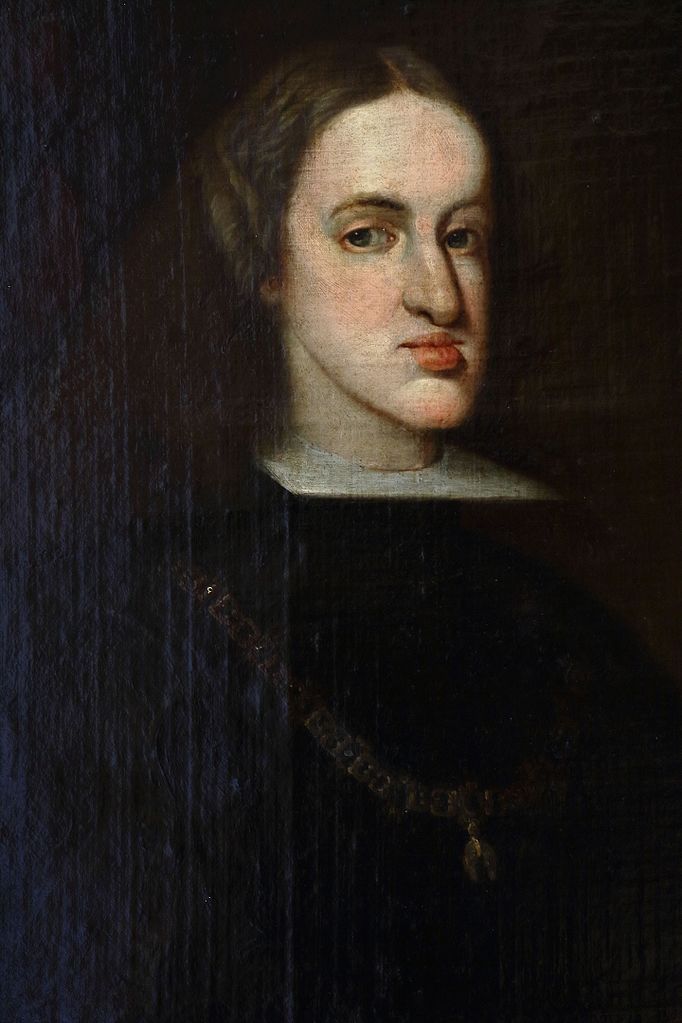
Want to hear more about the history of Madrid? Then book me, the writer of this blog and of Lonely Planet guides to the city, for a tour!
